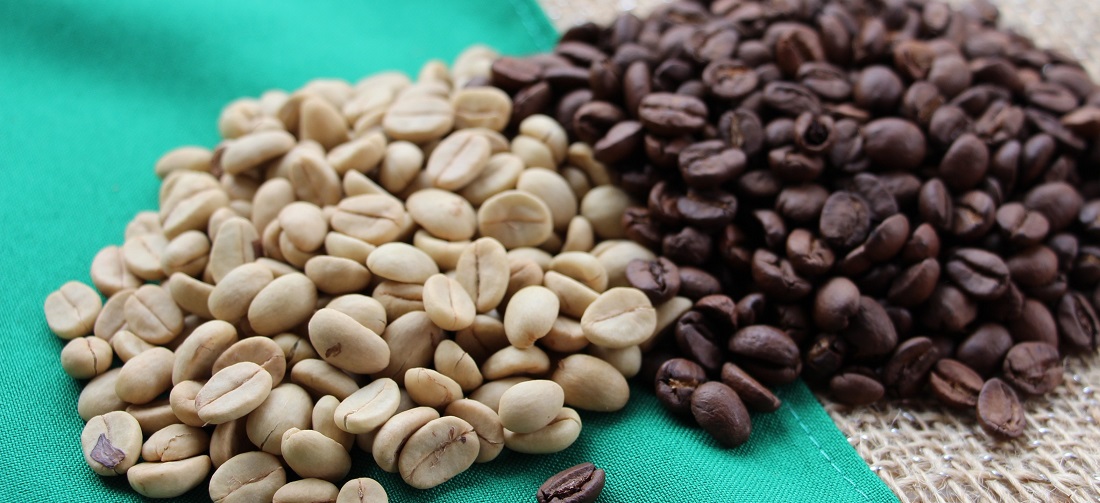
Coffee blends changing worlwide due to Red Sea attacks
Mar, 08, 2024 Posted by Gabriel MalheirosWeek 202410
The variety of coffee blends available to Brazilian consumers is changing, with the catalyst for these changes originating in Asia – a scenario made worse by the Red Sea Attacks. Traditionally, Brazilian roasters have favored a blend of approximately 60% arabica coffee, supplemented by robusta (conilon) to enhance the beverage’s consistency. However, since the latter part of the previous year, arabica has dominated these blends due to a surge in the price of conilon on the international market — a trend exemplified by record-breaking contracts on the London Stock Exchange.
Consequently, some roasters have adjusted their blends to include up to 65% arabica, with experts suggesting that this proportion may rise further. This shift is poised to elevate the cost of the beverage for consumers.
The challenges encountered by vessels leaving Vietnam, the leading global producer of robusta coffee, in crossing the Red Sea due to attacks by Houthi rebels from Yemen, constitute the primary reason behind the spike in the international market. Additionally, a smaller harvest this season has compounded the upward pressure on prices.
In addition to bridging the price differential between arabica and conilon, the price surge has stimulated exports of Brazilian conilon, particularly in light of the heightened demand for this coffee variety that resulted from the logistical challenges in Southeast Asia.
Vicente Zotti, an analyst at Pine Agribusiness, notes that Brazil presently favors a blend composition of 65% arabica and 35% conilon, compared to a split of 60% and 40% for each species, respectively, last year.
According to Zotti, the arbitrage between conilon and arabica stood at 36.90 cents per pound yesterday, compared to 66 cents per pound in December. This calculation considers futures contracts for arabica on the New York Stock Exchange and conilon lots on the London Stock Exchange.
The following chart displays the export volume of Brazilian coffee (hs 0901) between January 2022 and January 2024, according to data from Datamar’s pioneer maritime intelligence service DataLiner.
Brazilian Coffee Exports | Jan 2022 – Jan 2024 | WTMT
Source: DataLiner (click here to request a demo)
Celírio Inácio, executive director of the Brazilian Coffee Industry Association (Abic), observes that the price gap between conilon and arabica has narrowed from approximately 20% to 4% due to improvements in conilon quality.
This convergence in arbitrage has been ongoing since September 2023, according to Zotti, who posits that an increase in arabica competitiveness and conilon demand could see arabica content in Brazilian blends reach 70%.
An analysis by Zotti reveals that a São Paulo roastery had already transitioned to 100% arabica blends by the close of 2023, leveraging the minimal price disparity.
Marcus Magalhães, director of MM Café, views the heightened arabica content in blends as a short-term industry strategy, predicting a settling point of 50% conilon and 50% arabica in the future due to sustained high prices and reduced arbitrage.
Magalhães notes that aggressive export activities by Vietnam between 2020 and 2021 limited Brazil’s export capacity, with subsequent challenges in Indonesia and Vietnam further bolstering prices on the London Stock Exchange, positioning Brazilian beans as a viable alternative.
He points out that a 60-kilo sack of conilon cost R$620 last year, compared to around R$860 presently, indicating an unlikely short-term downturn in conilon prices on both the London Stock Exchange and in Brazilian markets.
A survey by Pine indicates that yesterday, conilon was priced at around R$870.00 in Vitória, while arabica traded at R$890.00 in the same market, illustrating a marginal price difference. Despite industry reluctance to acknowledge it, the shift in blend composition is strategic, given the anticipated decrease in domestic conilon availability amid current overseas demand.
Luiz Carlos Bastianello, president of the São Gabriel Coffee Growers Cooperative (Cooabriel-ES), affirms that demand for conilon has surged over the past two months, underscoring Brazil’s capacity to meet increased demand, particularly as quality improves.
In 2023, the cooperative from the largest conilon-producing state in the country exported 400 containers of the bean, marking a 28% increase from the previous year.
Source: Globo Rural
Click here to read the original text: https://globorural.globo.com/agricultura/cafe/noticia/2024/03/ataques-no-mar-vermelho-levam-torrefadoras-a-mudar-blends-do-cafe.ghtml
-
Ports and Terminals
Apr, 21, 2021
0
Santos Port Authority registers record profit of R$ 203 million
-
Grains
Dec, 18, 2024
0
Rice Market Stabilizes After Consecutive Declines; Exports May Boost Prices
-
Grains
Jan, 06, 2021
0
Grain sales to halt for 72 hours in Argentina as of January 11th
-
Economy
Aug, 07, 2024
0
Record-Breaking Brazilian Exports: July and Year-to-Date

